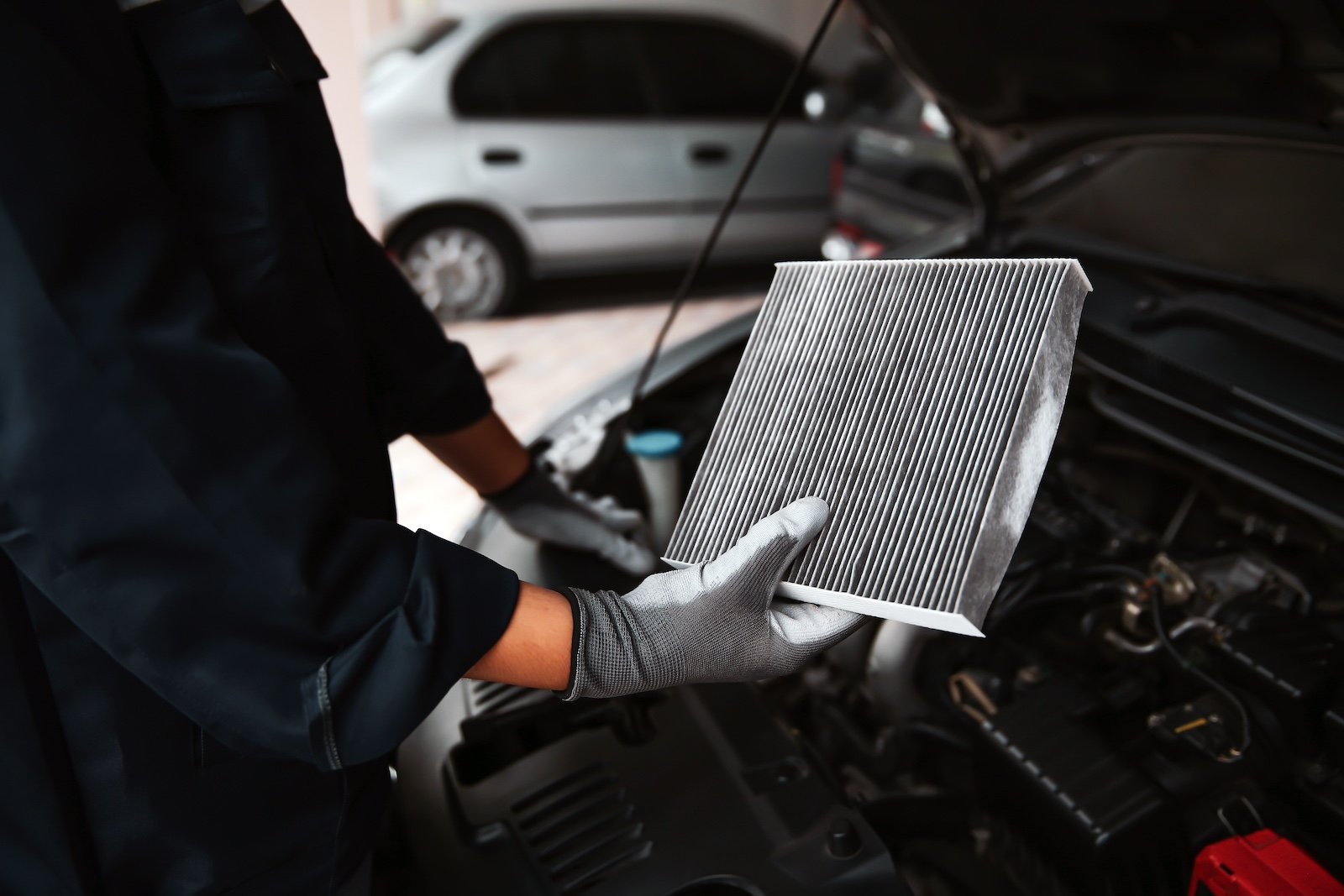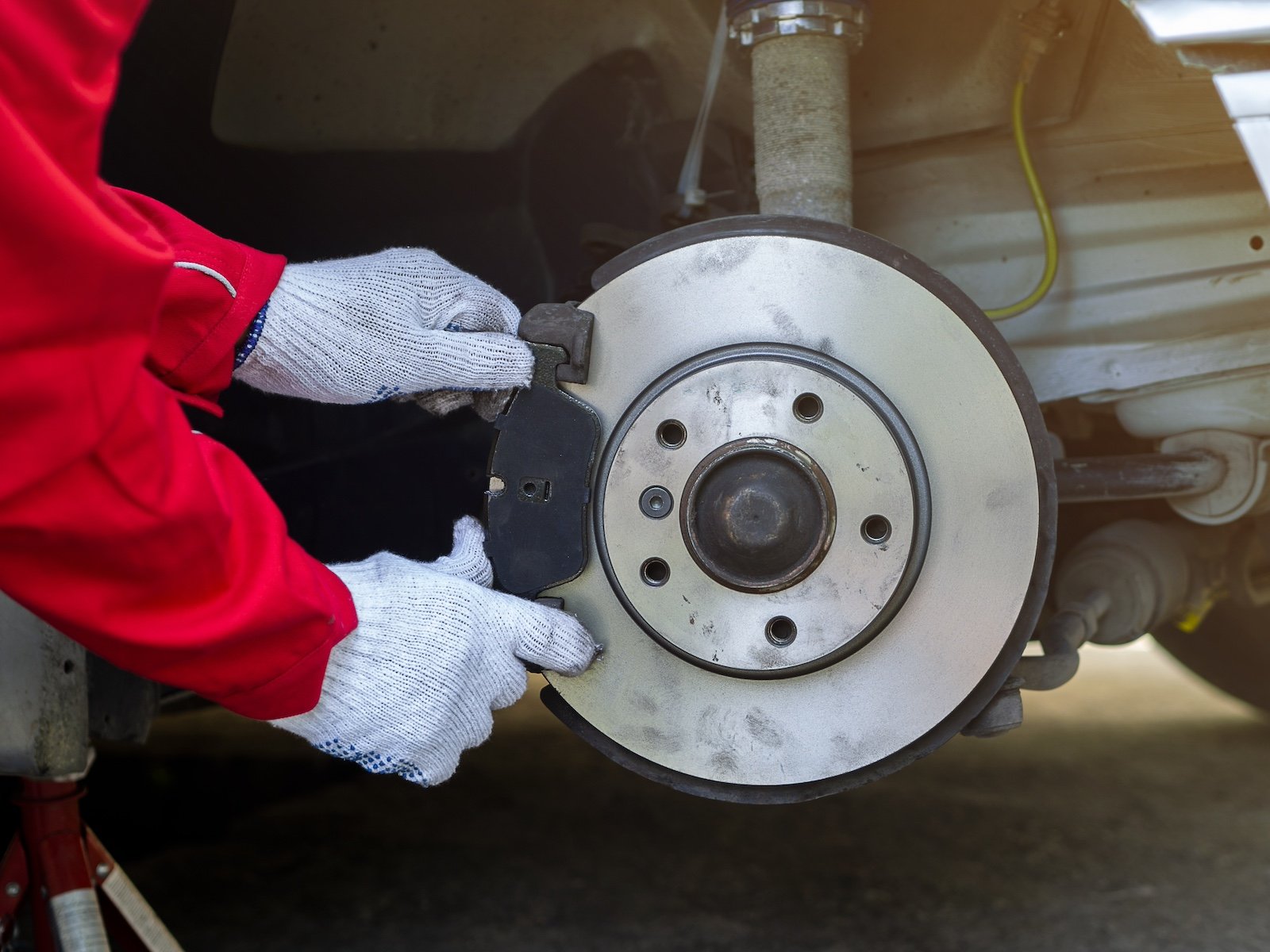Maintaining your car can be both rewarding and cost-effective. While some tasks require a professional mechanic, many routine maintenance jobs can be done in your garage with a few tools and some patience. Here’s a comprehensive list of DIY car maintenance tasks you can easily handle to keep your vehicle running smoothly and extend its lifespan.
Changing the Oil and Oil Filter

One of the most essential maintenance tasks is changing your car’s oil and oil filter. Regular oil changes ensure that your engine runs smoothly and can significantly prolong its life. Most manufacturers recommend an oil change every 3,000 to 5,000 miles. To do this, you need an oil filter wrench, a drain pan, a funnel, and the correct type and amount of oil for your car.
Replacing Air Filters

Air filters prevent dirt and debris from entering your engine and cabin. Replacing the engine air filter every 15,000 to 30,000 miles, or more frequently if you drive in dusty conditions, can improve your car’s performance and fuel efficiency. Cabin air filters, which keep the air inside your car clean, should be replaced every 15,000 to 25,000 miles.
Checking and Replacing Spark Plugs

Spark plugs are crucial for engine performance. Worn-out spark plugs can cause misfires, reduce fuel efficiency, and increase emissions. Most spark plugs need replacing every 30,000 miles, though some high-performance plugs can last up to 100,000 miles. This task requires a spark plug socket and a torque wrench.
Changing the Battery

Car batteries typically last between 3 to 5 years. Signs of a failing battery include dim headlights, slow engine crank, and the battery warning light on the dashboard. Replacing a car battery is straightforward: disconnect the negative terminal first, then the positive, remove the old battery, and install the new one by reversing the process.
Replacing Brake Pads

Worn brake pads can compromise your car’s braking ability. Most brake pads need replacing every 25,000 to 70,000 miles, depending on driving conditions and habits. This job involves removing the wheels, unbolting the brake caliper, removing the old pads, and installing new ones. Ensure you have a brake caliper tool and the appropriate pads for your vehicle.
Rotating Tires

Rotating your tires every 5,000 to 7,000 miles promotes even tire wear, extends tire life, and improves gas mileage. The process involves moving the tires from one position to another, such as from front to back and vice versa. For this task, you’ll need a car jack, jack stands, and a lug wrench.
Flushing the Radiator

Over time, your car’s coolant becomes contaminated and loses effectiveness. Flushing the radiator every 30,000 to 50,000 miles helps remove debris and old coolant. This involves draining the old coolant, running distilled water through the system to clean it, and then refilling it with fresh coolant. Always use the type of coolant specified in your car’s manual.
Changing Wiper Blades

Clear visibility is critical for safe driving, and functional wiper blades are necessary. Replace your wiper blades every 6 to 12 months or when they leave streaks or squeak. Wiper blade replacement is simple: lift the wiper arm, unclip the old blade, and snap the new one.
Replacing the Fuel Filter

A clogged fuel filter can lead to poor engine performance and lower fuel efficiency. Fuel filters should generally be replaced every 30,000 miles. The process can vary depending on your vehicle, so refer to your car’s manual. Disconnecting the fuel lines may require special wrenches.
Checking and Topping Off Fluids

Regularly check and top off essential fluids, including engine oil, coolant, brake fluid, transmission fluid, power steering fluid, and windshield washer fluid. Maintaining the proper levels of these fluids ensures your car’s systems operate correctly and prevent potential damage.
Inspecting and Replacing Belts and Hoses

Belts and hoses are critical for your car’s electrical and cooling systems. Inspect them for signs of wear, such as cracks, fraying, or leaks, every 30,000 miles. Replacing worn belts and hoses prevents breakdowns and costly repairs. This task requires basic tools and can be completed in under an hour.
Cleaning Battery Terminals

Corroded battery terminals can prevent your car from starting. Clean the terminals with a mixture of baking soda and water and a wire brush. This simple maintenance task can save you from a dead battery and extend your lifespan.
Replacing the Serpentine Belt

The serpentine belt powers multiple engine components, such as the alternator, power steering pump, and air conditioning compressor. It typically needs replacement every 60,000 to 100,000 miles. A worn serpentine belt can cause engine overheating or a dead battery. This task involves loosening the belt tensioner and removing the old belt before installing the new one.
Checking Tire Pressure and Tread Depth

Proper tire pressure ensures safety, improves gas mileage, and extends tire life. Use a tire pressure gauge to check your tire pressure monthly and before long trips. The recommended pressure is usually in your car’s manual or a sticker inside the driver’s door. Additionally, inspect tread depth to ensure adequate traction.


